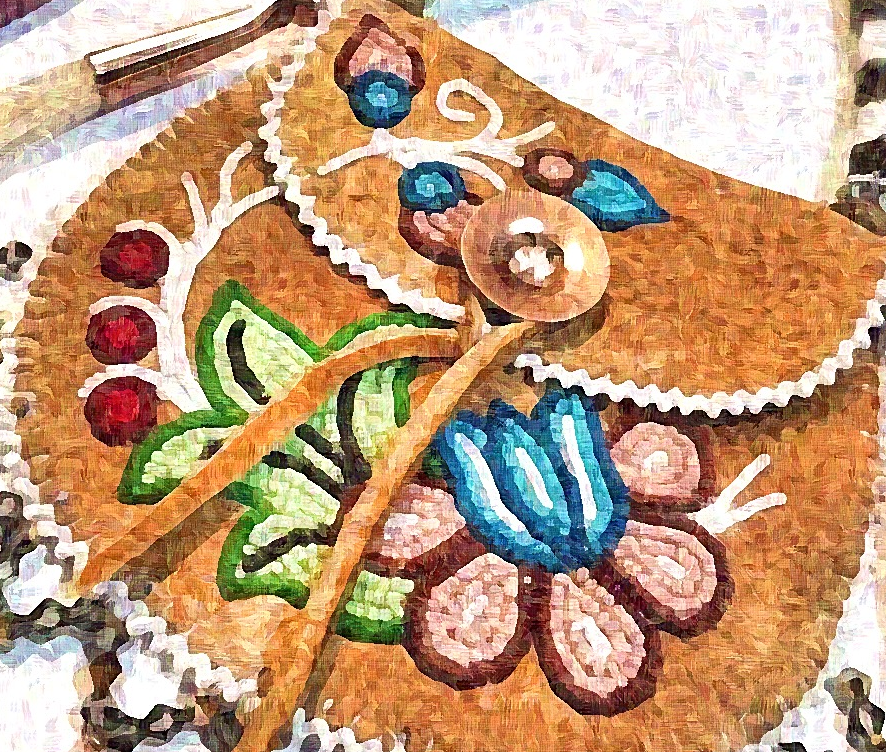Beadwork. The Métis are the inheritors of a rich decorative arts tradition that highlights the brilliantly colored floral pattern in beading and embroidery. Because of the prevalence of floral motifs in their beading and embroidery, the Dakota and Cree referred to the Métis as the "Flower Beadwork People."
What is the significance of beading to Indigenous people?
They were used as cash as well as wampum belts. By weaving the shells in a certain pattern, the belts documented agreements between individuals, such as treaties between Indigenous peoples and Europeans. Some patterns were employed to depict interpersonal connections or events such as marriage proposals.
What exactly is Métis dot art?
Dot art is a modern rendition of Métis beading in which each dot of paint symbolizes a bead. To make your dots, gather some acrylic paint, a pencil, a surface to paint on, and either pins, toothpicks, BBQ skewers, knitting needles, or wooden dowels.
What do the beads represent?
Beads, whether embroidered on clothing or worn on strings, have symbolic implications that are far apart from the Western anthropologist's naive empiricism. They, or pendants, may be protective, repelling bad spirits or spells, or they might be good luck charms.
"Metis Flower Beadwork: Its Past, Present, and Future"
Beautiful Metis Flower Beadwork from the Past, Present, and Future For the Metis people of North America, flower beading is more than just a fad or a relic of a bygone age. Because of their skill in this much-loved art form, the Metis are known across the globe as "The Flower Beadwork People."
Metis women have been doing this for hundreds of years, embellishing almost every item of clothing they could find. From the well-known moccasins to vests, gloves, and tobacco pouches, these creative works have given a method for individuals to express themselves and support their families.
What is the history of this type of art?
Floral beadwork, like Metis culture, is a synthesis of two cultures. Metis women blended their Aboriginal ancestors' traditions into their own design using techniques taught by French nuns. Metis women began working with glass beads and European textiles such as wool, velvet, and other woven fabrics instead of traditional materials such as bone, shell, and seed beads on hide.
Those who met Metis families while trading were happy with the result. As a consequence of the effect of this new design, comparable patterns have been adopted throughout Canada. Earlier Metis beadwork is now recognized as the source of several previously ascribed items of art from the prairies.
Even though the Metis Nation faced embarrassment and derision for practicing their culture, Louis Riel's words were realized...
We, the land's people, remained inactive for a hundred years. And it was the artists who helped to heal our people's spirits. This art form is practiced on a daily basis by many individuals, especially men who are proud of their ancestors and the Kookums.
Metis women, as well as women from other First Nations tribes and others of all ethnic origins, are showing renewed interest in this old art form today.
And what a breathtaking sight that is. Both the designs and the expression of that love indicate affection for an old civilisation that was once ridiculed and without a home.

